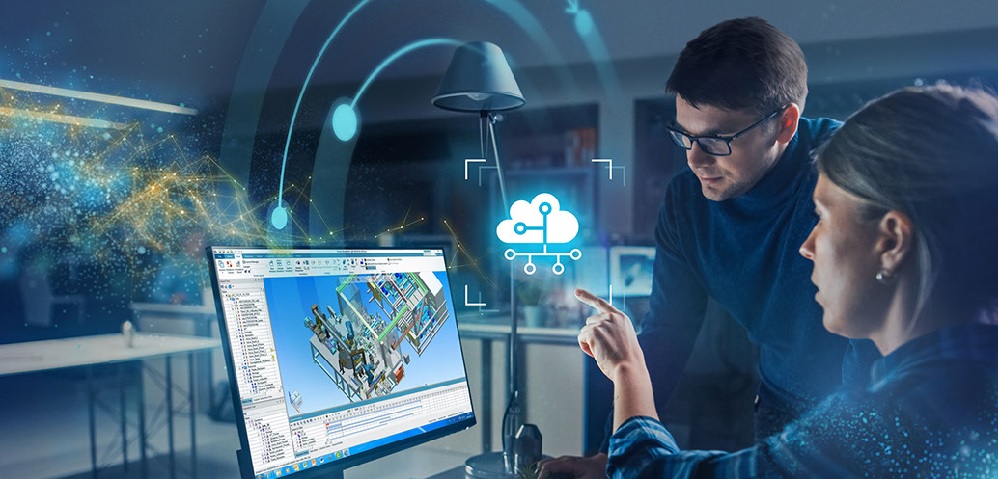Multi-disciplinary design – capturing and managing design disciplines (white paper)

In a recently published white paper, it addresses how complex machinery is not a new concept: mechanical machinery controls systems, waterwheels, linkages, simple cams and other mechanical devices and disciplines. Most machinery is currently powered electronically; however, hydraulics and pneumatics use power or forced transmission with an abundance of software-driven electronic systems (or a combination) to control complex and variable processes.
Using hydraulics and pneumatics
Hydraulics and pneumatics are similar, though they have different best use cases. They control mechanical systems and are elementary compared with electrification. Hydraulics uses water or petroleum-based liquid, transmitting substantial power using precise methods; whereas, pneumatics performs lighter duty applications using positive characteristics in contrast to hydraulics.
Compressed air is transportable and not flammable, using vacuum power throughout equipment design to engage and manipulate parts requiring less precision, faster response and less risk of end-product damage. Food processing equipment uses pneumatics and vacuums to circumvent product contamination. Both hydraulics and pneumatics have design issues and use different schematics diagrams; though, air-based solutions require less maintenance while being easier to control the pneumatic system’s pressure, speed and force.
Hydraulic, pneumatic and vacuum systems for machinery applications are configured from off-the-shelf commercial components. System requirements drive functional and logic designs implemented using these components. Logical designs using schematic software create physical design with a CAD application. Then, optimal design solutions enable selecting components for meeting specifications from a library to position them in a 3D product model properly.
Efficient modern machines
Most modern machines center around electronic motors that are increasing in popularity due to their efficiency and sustainability. These motors provide power to perform various tasks, including configuring and adjusting a machine, power settings and positioning. So, electronic controllers manage motors combined with actuators and sensors to provide feedback for ensuring the proper functioning of a machine. Also, complex machines use microprocessors and computer software to manage sophisticated equipment. Moreover, many pieces of equipment are frequently managed by local services with manufacturing execution software. Notably, most modern equipment interconnection occurs in the cloud enabling remote and global operations.
The software uses several different contexts of machine operations. Embedded software runs on machine controllers in real-time, directly interfacing and controlling physical processes. Desktop computers manage machine modules and production lines, providing local reporting and analysis and feeding data to the factory or enterprise-level via sensors and the internet of things (IoT).
These modern machines include attributes of hybrid systems, machine design and design business processes.
Siemens Advanced Machine Engineering (AME) is a subset of the Xcelerator portfolio focused on supporting machinery companies by packaging all the appropriate portfolio technologies to support the three capabilities all machine builders need—multi-disciplinary design, configuration management and virtual commissioning.
View the CIMdata white paper for more information
For more information on Siemens Digital Industries Software products and services, visit siemens.com/software or follow us on LinkedIn, Twitter, Facebook and Instagram.
Siemens Digital Industries Software – where today meets tomorrow.


